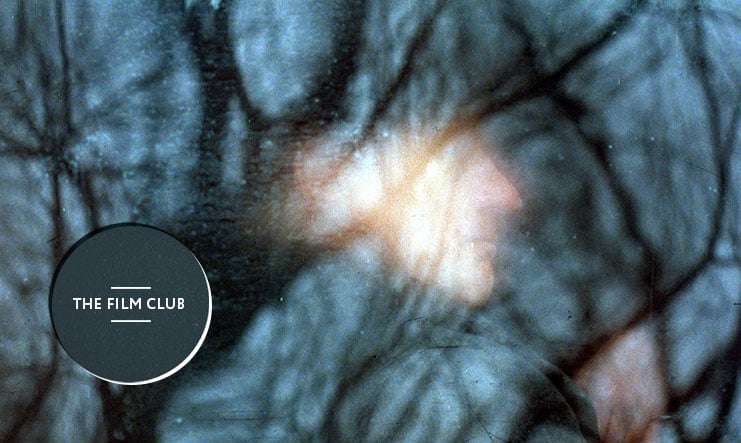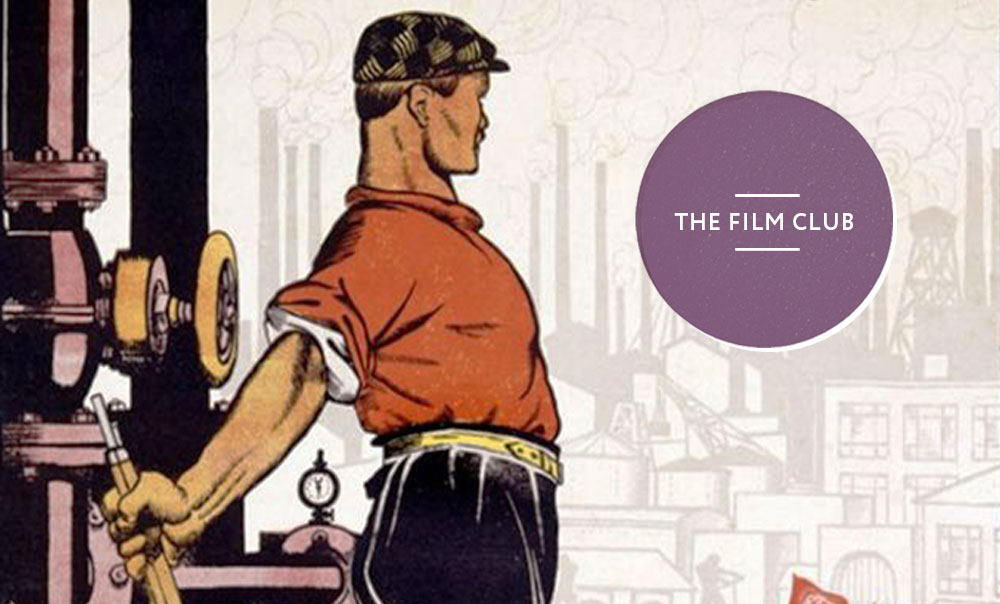The film club: Sergei Loznitsa

Rarely do documentary filmmakers receive the exposure or praise lavished on their fiction film colleagues. Director Sergei Loznitsa is a case in point. Born in 1964 in Belarus, Loznitsa has been making documentaries since the Nineties. In 2010, he switched to feature films. His very first, My Joy (2010), went straight to the top, premiering in the main competition at Cannes. His second, In the Fog (2012) fared just as well.
Thanks to the success of these two features, film buffs are now revisiting his earlier documentary works with three of them released on a single DVD and VOD by UK distributor New Wave Films for the first time. Although Landscape (2003), Blockade (2006) and Revue (2008) differ in the topics in they address, they are all are good examples of Loznitsa’s signature styles: long single shots, use of archival footage, no narration and an experimental use of sound.
In Landscape, set in winter, people wait for a bus in Okulovka, a small town between Moscow and St Petersburg. The camera slowly pans across the faces in the crowd and the viewer is drawn in by their banal chitchat, which was recorded separately and edited in. The sound, as is typical much of Loznitsa’s work, has no direct relationship to the image on the screen. The bus eventually arrives, an hour late, the exact length of the film.
Blockade comprises solely of previously unseen Soviet film footage. The episodic compilation chronicles the devastation of Leningrad (now St Petersburg) from 1941 to 1944 as it was surrounded by the Nazis, its citizens starved of food, water and fuel for 900 days. Again, Loznitsa plays around with the sound, taking the original soundtrack but enhancing it to a degree that lets every footstep rings uncomfortably in your ears.
Like Blockade, Revue is also a compilation of footage of old newsreels, propaganda films and television programmes. The images of industry, agriculture, political life, popular culture and science are randomly stitched together to create a film that reveals many layers of Soviet existence. By eschewing conventional narration in all three films, Loznitsa hopes the viewer will have a more impartial experience. “If I put in a voiceover, I offer my view, and that means I exclude the possibility of the viewer having his own view,” he says. “He has either to agree with me or not agree with me.”
Loznitsa took up filmmaking after a career as an artificial intelligence researcher in Kiev. He moved to Moscow in the Nineties to study film at VGIK film school and has since worked across the former Soviet Union producing documentaries and feature films.


